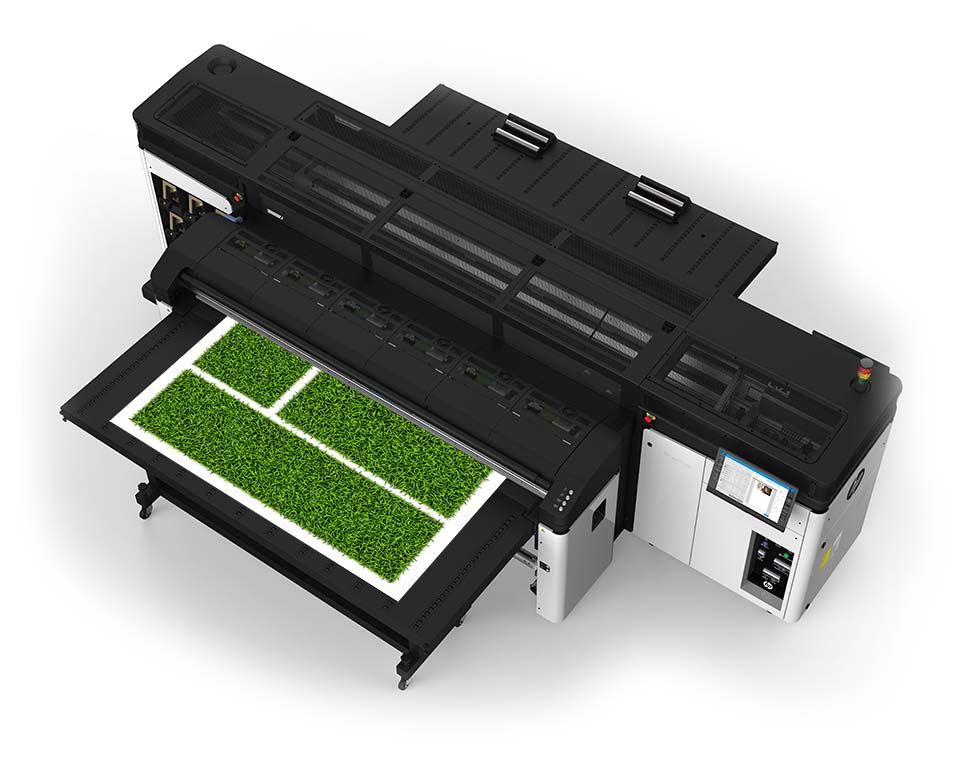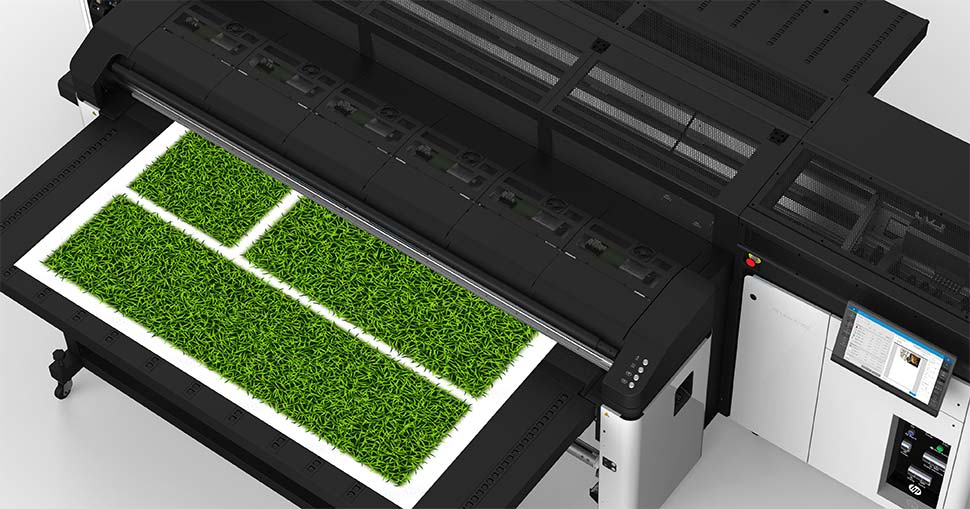‘Sustainability’, ‘green’ and ‘environmentally friendly’ have been among some of the key buzzwords in the print industry in recent years - and even more as we move in to the post-pandemic era - as an increasing amount of printing businesses adjust the way they operate to adopt more planet friendly practices.
Whether this has been to invest in new printing technology that reduces a company’s impact on the surrounding environment, change the type of consumables they are working with or introduce new systems in the workplace such as increased recycling efforts, the installation of solar panels, or a switch to electric vehicles, there are a whole host of ways for print businesses to go greener.
While this change in approach could be seen as something that is the responsible thing to do to help protect the world around us, the fact is that demand for greener printed work has rocketed of late and brand owners and consumers increasingly search out and choose solutions that minimise carbon emissions and waste.
Exploring opportunities
A 2020 survey from the National Real Federation entitled ‘Meet the 2020 consumers driving change’ found 57% of consumers would change their purchasing habits to help cut environmental damage, while 71% said they would pay more for brands that provide transparency and traceability about their products.
Critically for print service providers (PSPs), 72% of consumers said that they would be comfortable paying a higher price for sustainable or environmentally responsible products if they were available to them. Simply put, having a greener alternative to some traditional offerings could help generate new revenue for PSPs.
So, what specifically can PSPs do to ensure that they can take advantage of this trend to generate more revenue and become a greener business at the same time?
‘The Future of Green Printing to 2026’ report from Smithers, published in September 2021, offered an insight into this, singling out opportunities at each stage of the print value chain and how this trend will reward PSPs, inks and consumables suppliers and OEMs that invest in more sustainable solutions over the next five years and beyond.
Delving into some of the key points in the report, these included cutting wastage in make-ready and set-up to favour a wider use of digital print systems, with a forecast reduction in the average run length for many print jobs to magnify this impact.
A rapid increase in the adoption of water-based inks such as HP Latex has seen developments elsewhere with much work being done on bio-based solvent and vegetable oil inks that promise over 50% recycled content and lower emissions of volatile organic compounds (VOCs).
Sales of sustainable substrates like recycled fibre and virgin paper grades accredited to sustainably managed forestry schemes are also on the increase, while there is now a wider interest in developing new fibre sources for printing papers such as bamboo or agricultural by-products, as well as a limited impact from the wider use of recycled plastic and biopolymer substrates in some packaging applications.
Packaging forms a key part of the consideration for many brands, with the major and consistent trend within this sector being to substitute away from existing plastic consumables to fibre-based alternatives. This is a trend that is expected to be mirrored across all print disciplines and that of course includes sign and wide-format display.
The report also highlighted the benefits of investment in print processes that minimise secondary raw material use, as well as increased support for technology platforms that enable the collection and reuse of print materials, both in industrial closed loop and consumer recycling streams.
Sustainable edge
The PSP response to this hugely increased consumer and brand demand for more sustainable printing has also been noted by the many manufacturers and suppliers across the industry, including HP, which in February 2021 found in a joint study with C Space that 85% of PSPs operating a large-format latex printer are now demanding more sustainable products and practices from their suppliers1.
The key point from HP is that print businesses of all shapes and sizes not only need to respond to the changing demands of customers quickly, but to also view planet-friendly operations as both a socially responsible endeavour and an economic opportunity.
“Going green” could of course include reducing energy consumption by using more efficient printers, adopting printers that use recycled or recyclable materials and less packaging, improving in-house energy generation, or using dashboard tools to closely measure metrics in order to identify and drive efficiencies and track ROI so the business can make more informed buying decisions.
On the subject of cost efficiency, there is a common myth that adopting sustainable operations can be a costly business for PSPs. It is critical to understand that while there are some costs associated with these practices, sustainability offers innovative businesses opportunities for both top and bottom-line benefits, helping bring in work from like-minded clients and cutting costs across the business.
As an example, Verizon generated $27m by sorting out and selling recyclable materials from its waste stream, while Johnson & Johnson has undertaken 80 sustainability projects since 2005 and achieved $187m in savings. Making changes can improve your green credentials and make money and cut costs at the same time.
Of course, those examples are global corporations where the savings can be significant, and there is a myth that exists that suggests smaller companies need not bother with such an approach as it would have little to no impact. Again, this could not be further from the truth, with the fact being that in order to win work from green-thinking customers, you need to be able to offer this sort of service, and simple changes can allow a business of any size to operate in a more conscious and efficient manner, and so contribute positively to the overall drive towards improved sustainability.
Simply put, adopting sustainable practices is an approach that can enable print businesses of all kinds to lower their costs, streamline services through more efficient circular processes, and win new business by delivering sustainable services to even the most eco-conscious customers.
Disclaimer:
1) HP research conducted with C Space. Survey fielded Oct. 6-12, 2020 with 102 Latex-owning PSPs.






